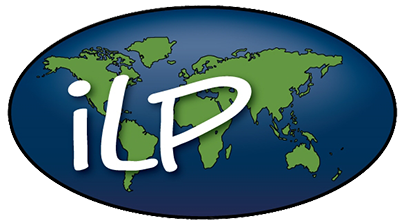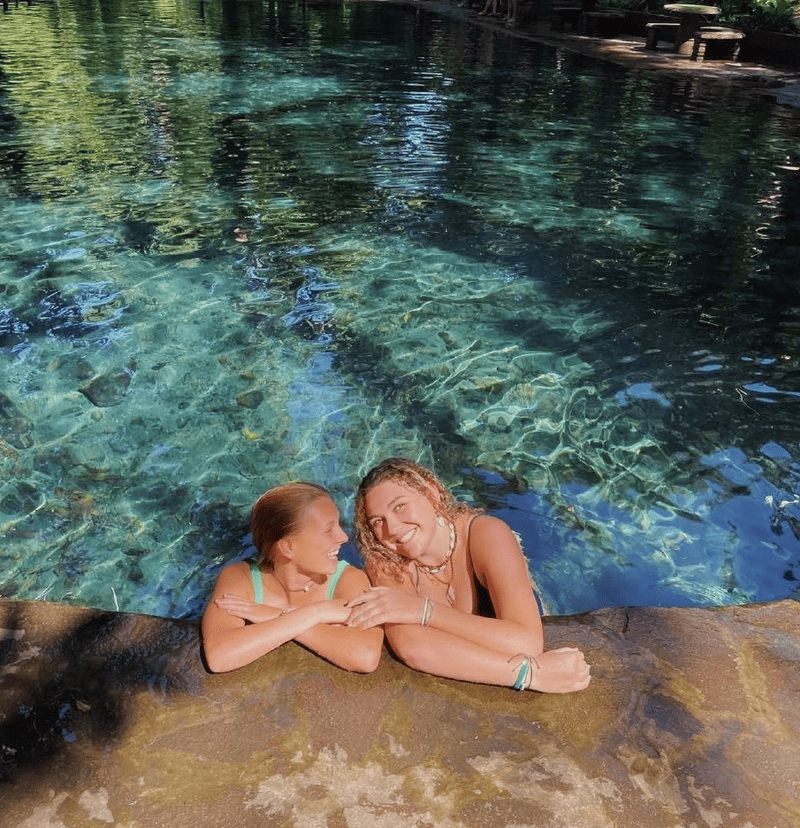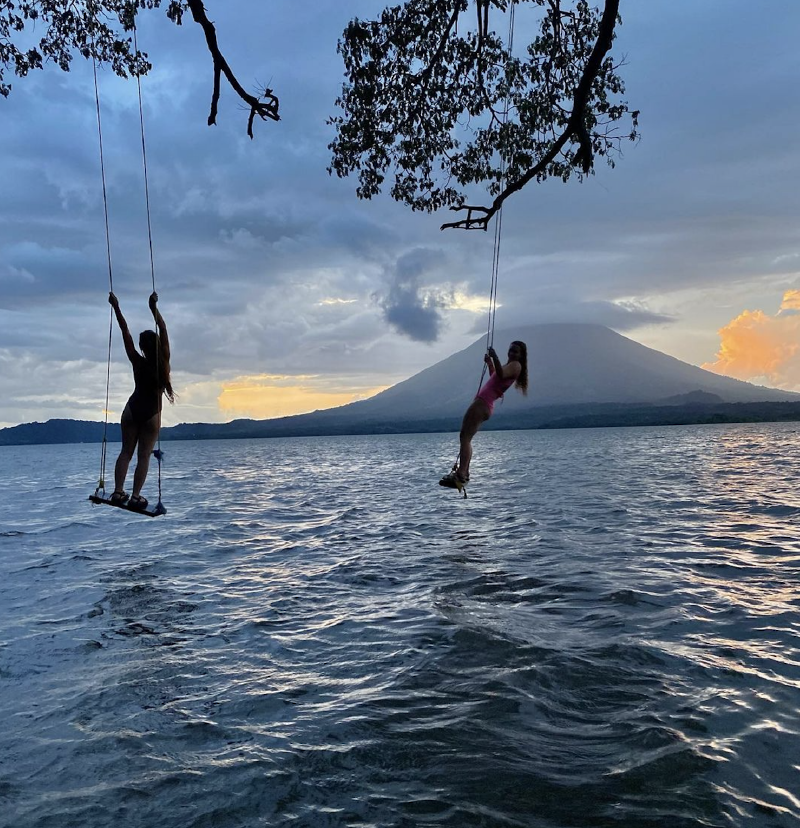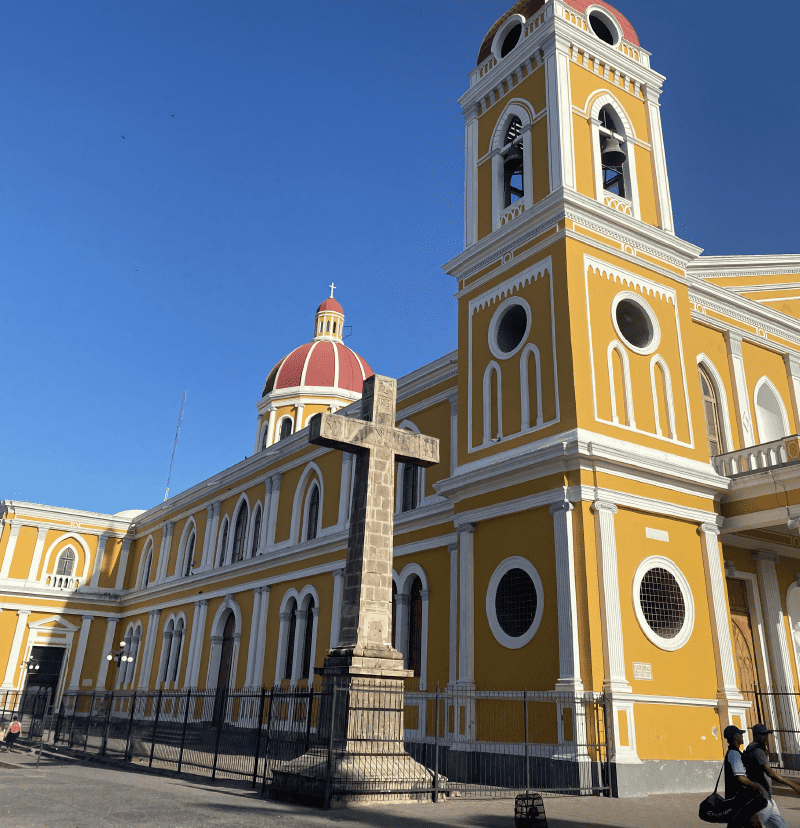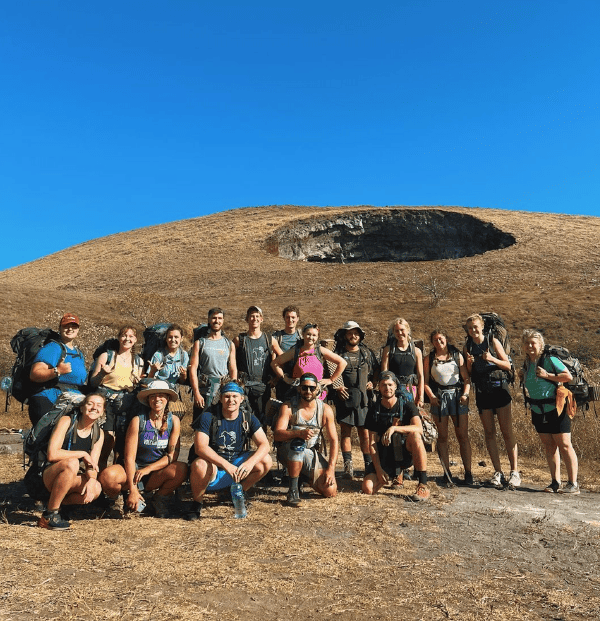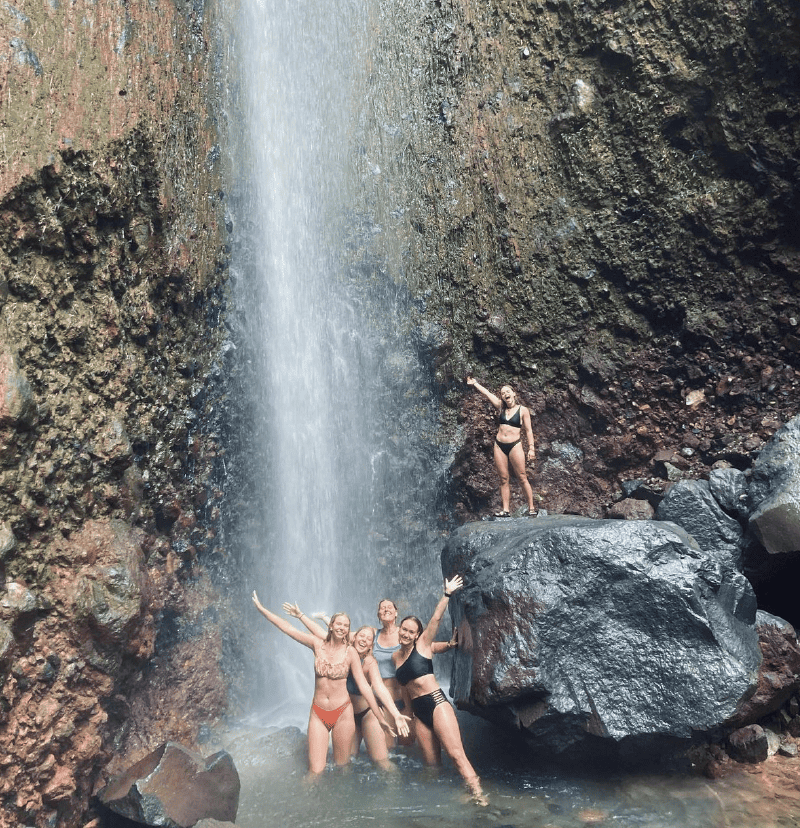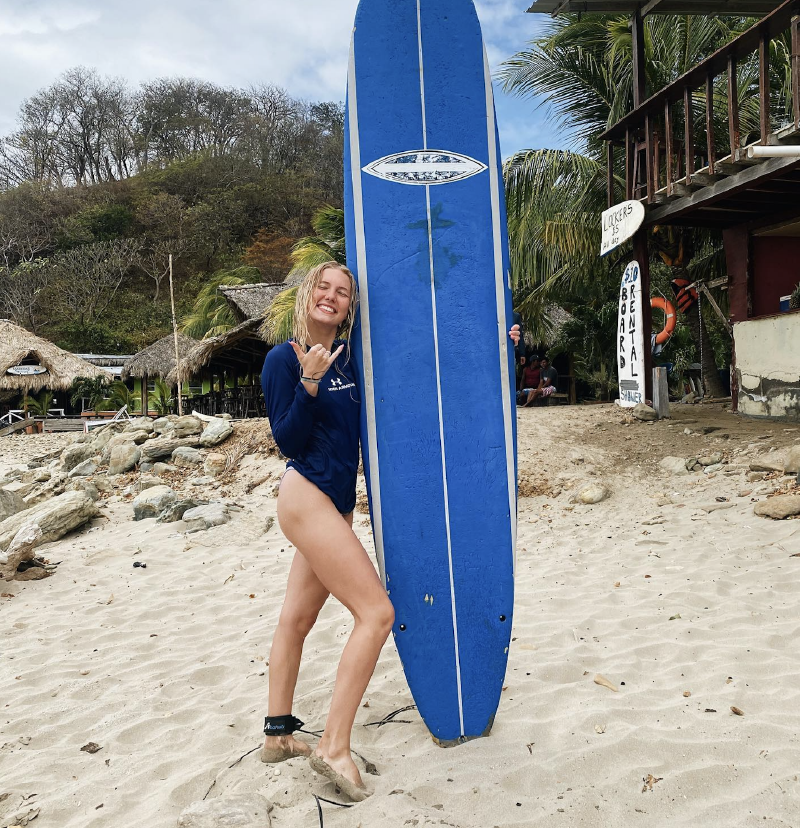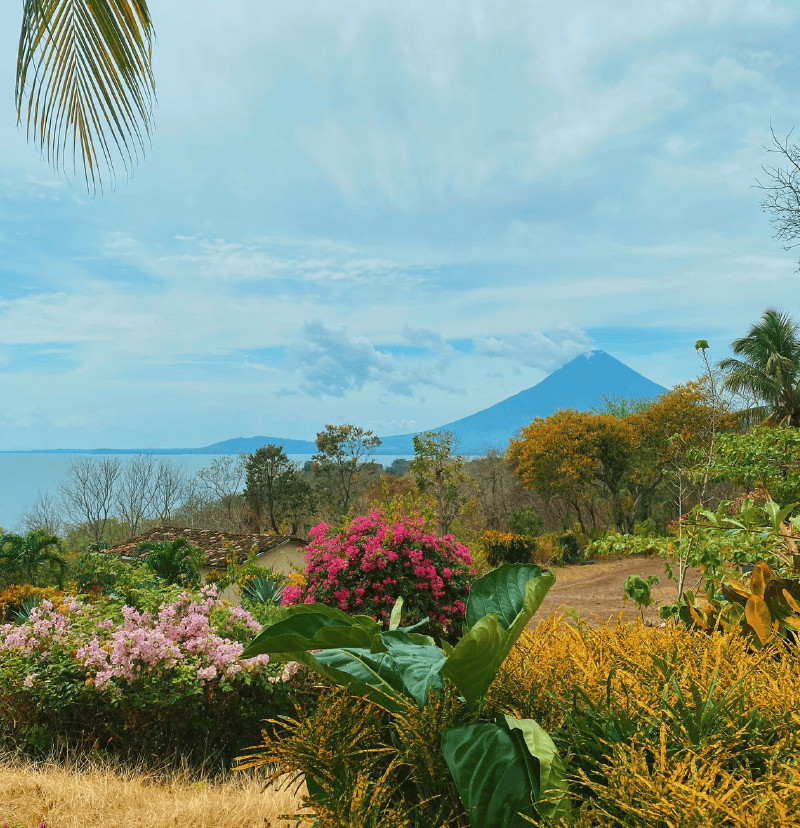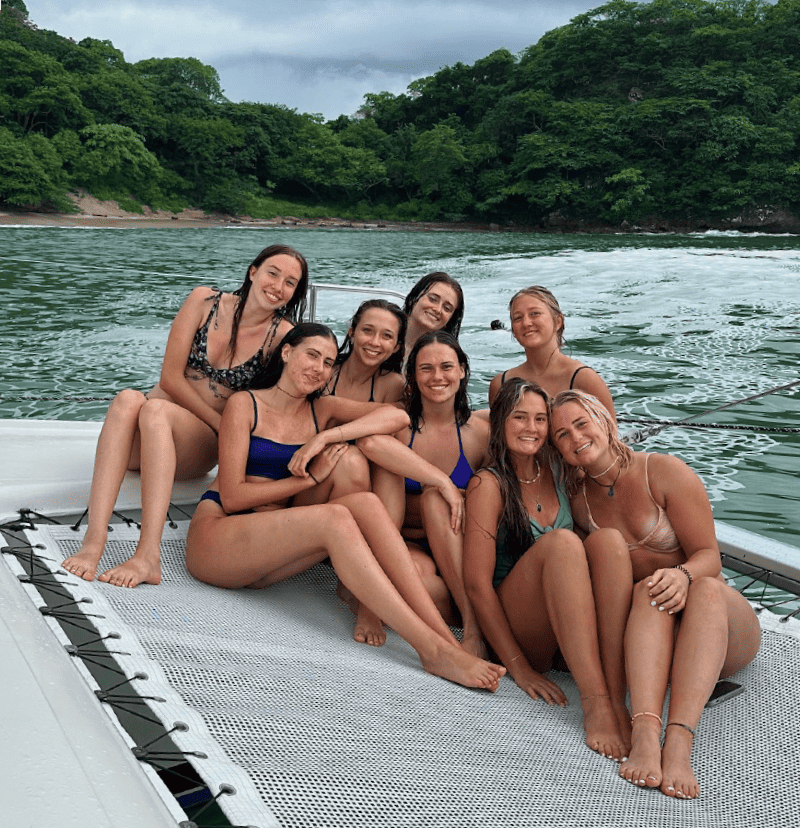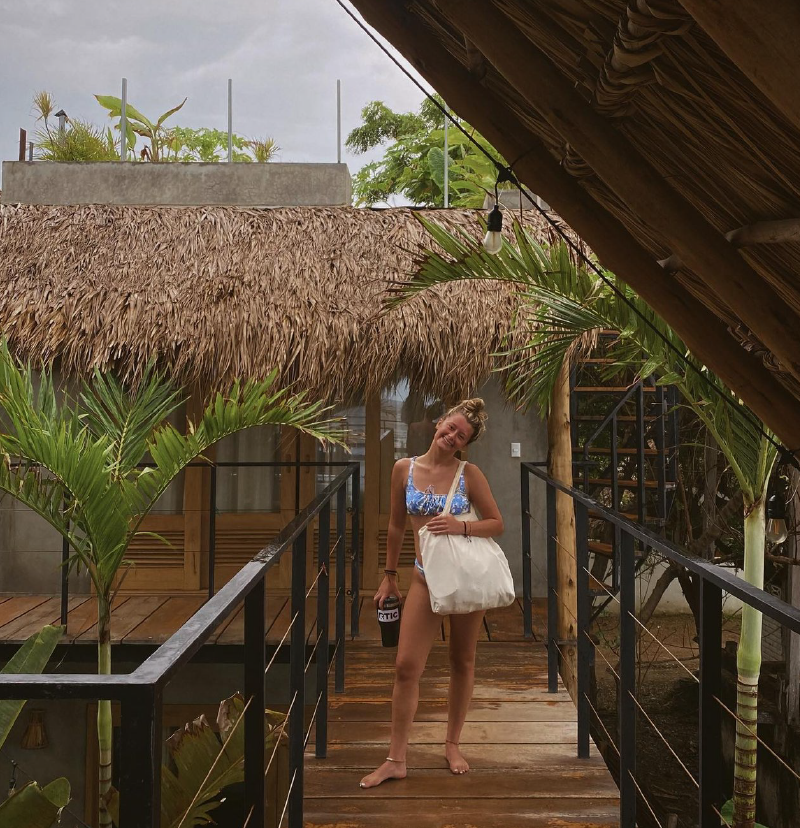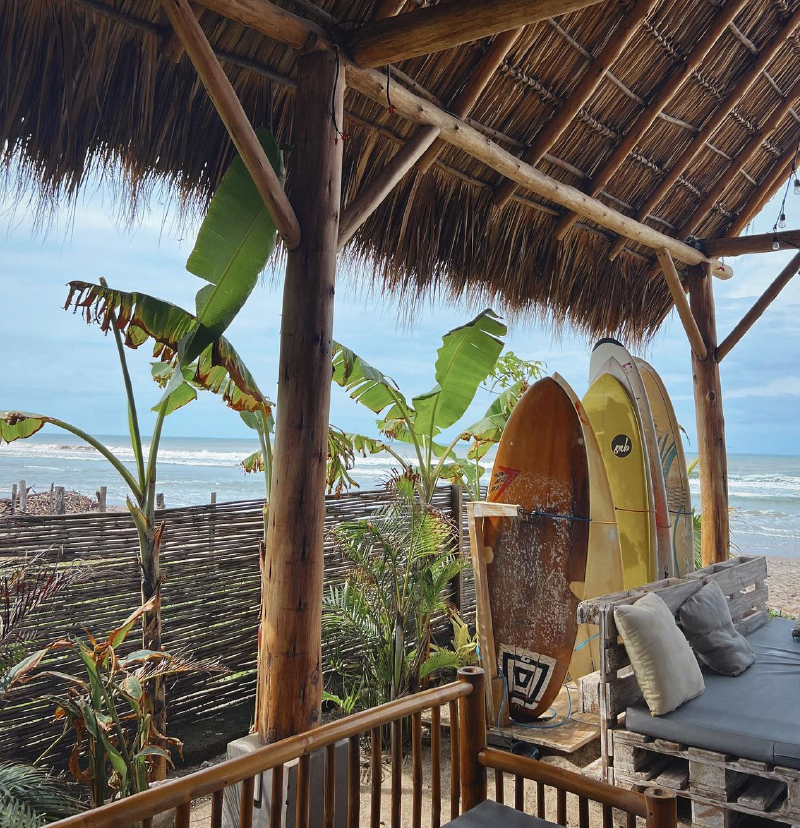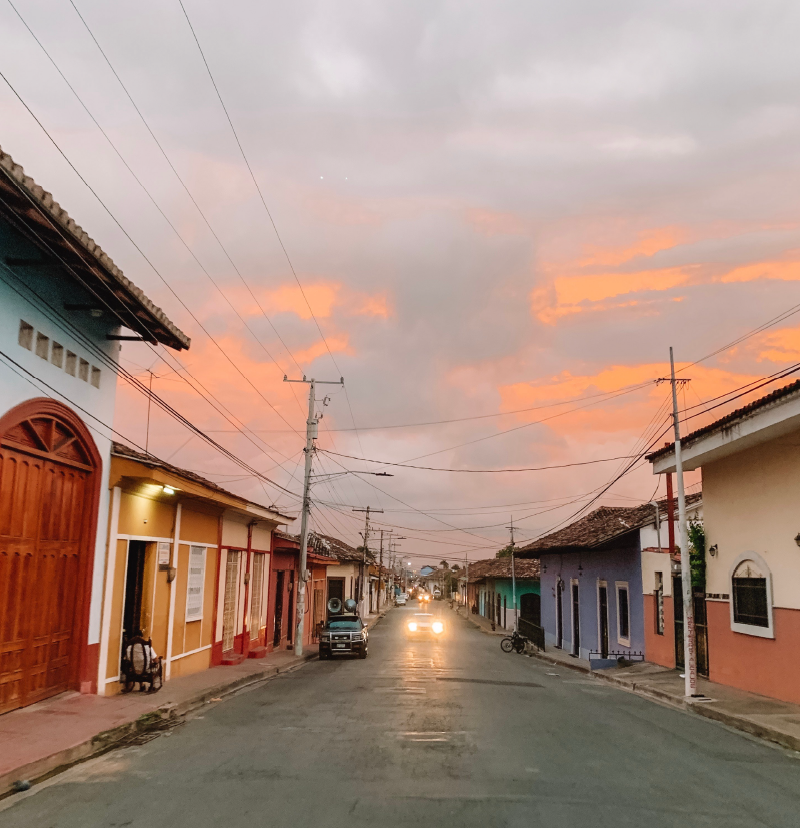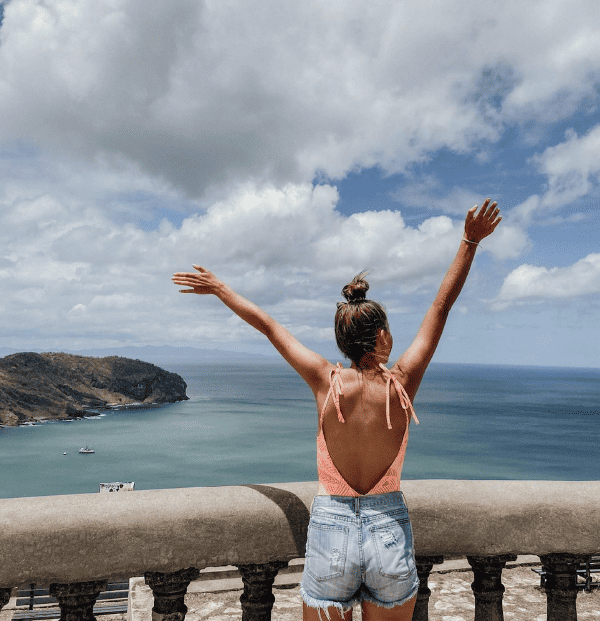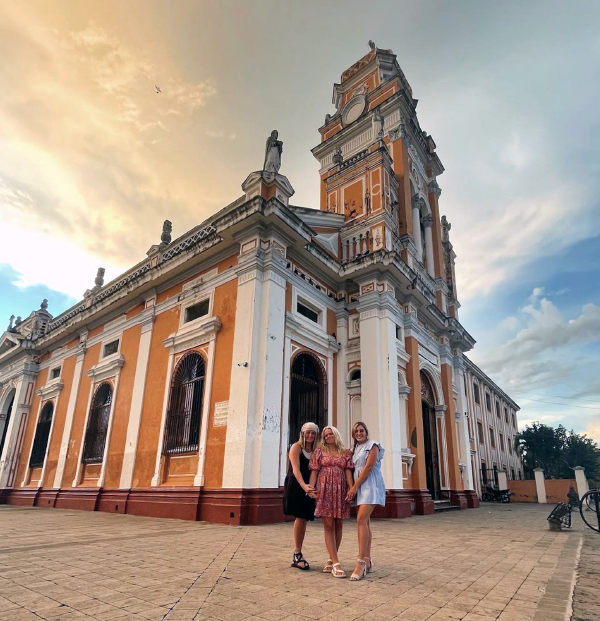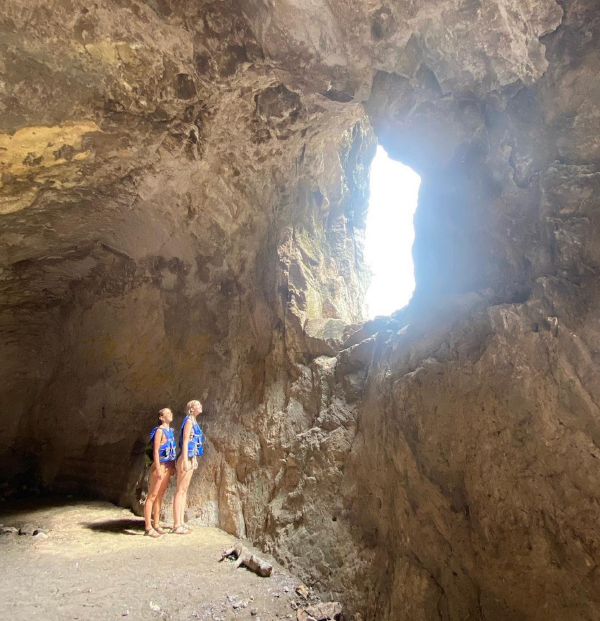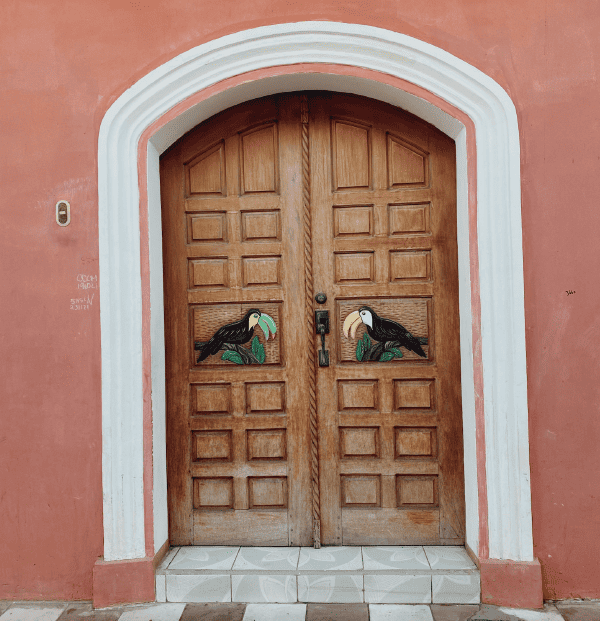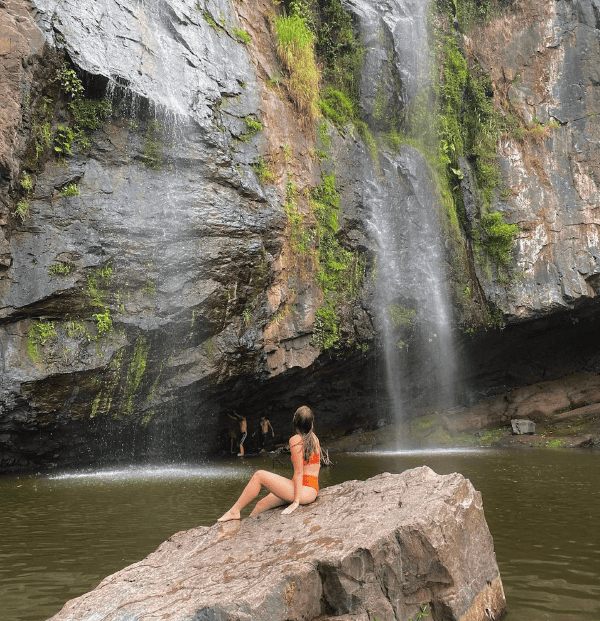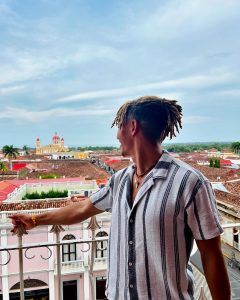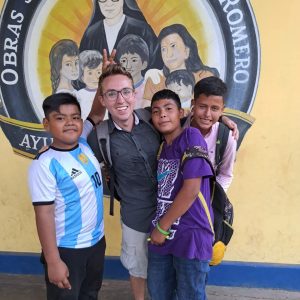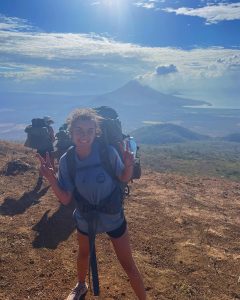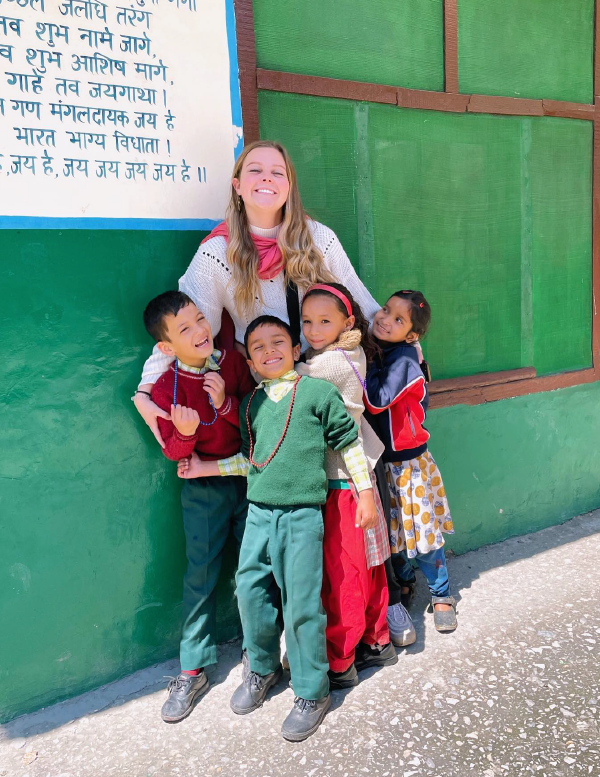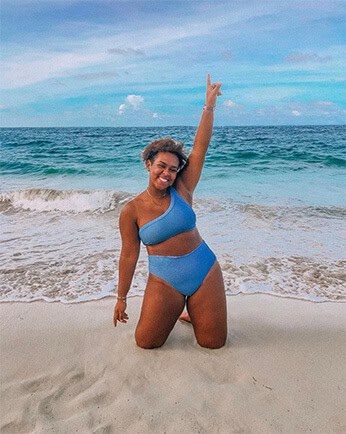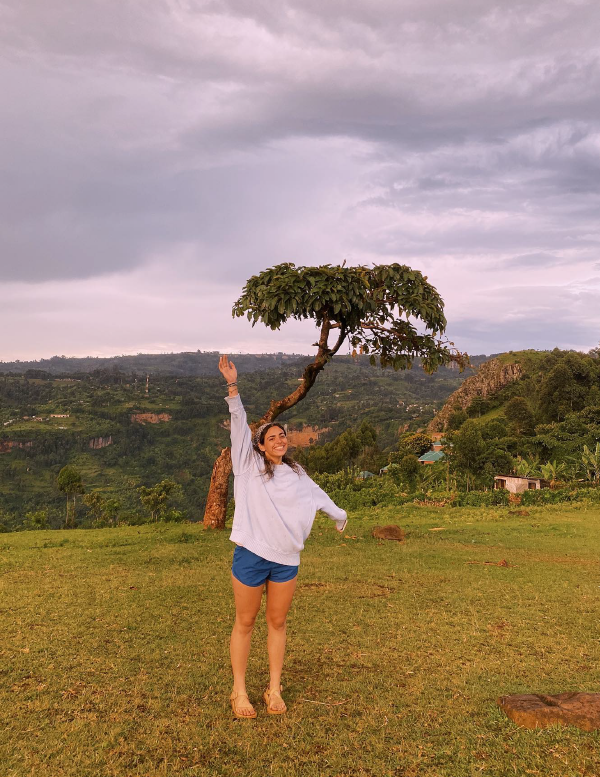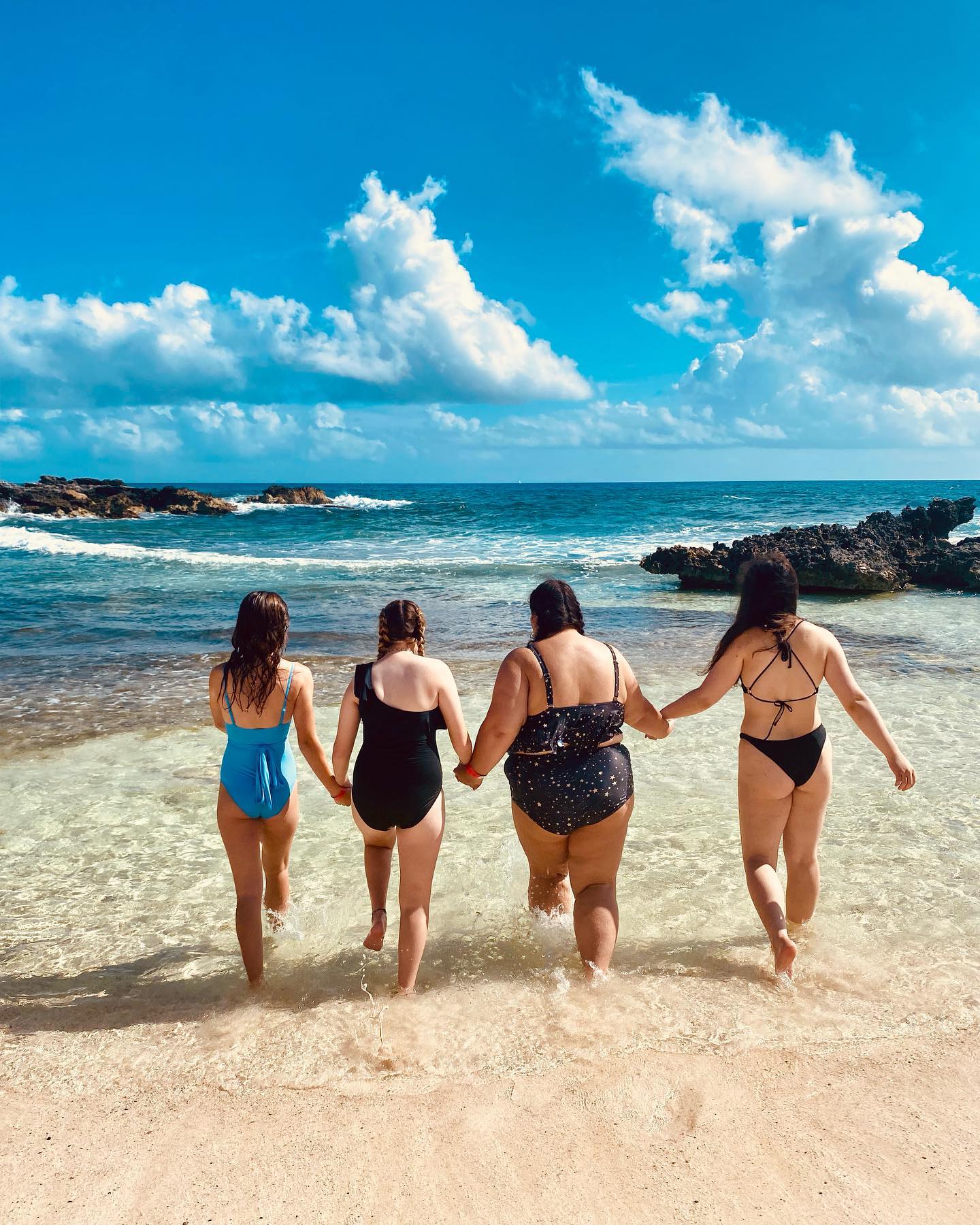Volunteer In Latin America
Waterfall, Volcano, Beach
Chill + Laid Back
Local Mamacitas
Teach English
Biodiverse
Trip Highlights
Departure + Return
There are 3 groups each year, and dates follow pretty closely to what a university semester looks like.
Spring
Depart middle January/early February – return mid May/early June
Summer
Depart mid May/mid June – return mid August
For volunteers who are in school, summer trips here work with most university schedules — depart after your spring finals and be back home before classes start up again in the fall. And for graduating high school seniors, accommodations can usually be made to leave after your graduation date for this country.
Fall
Depart mid August/late September – return early/mid December (just in time for Christmas at home)
Costs
The program fee is $4,170 which includes:
✔️ Roundtrip international airfare to Nicaragua from the U.S.
✔️ Visa (if required)
✔️ In-country airport pick-up and drop-off with your group
✔️ Housing
✔️ WiFi
✔️ Three at-home meals/day (breakfast, lunch, and dinner)
✔️ Pre-departure + in-country training
✔️ Local support
✔️ 24/7 emergency assist line from ILP headquarters
✔️ International SOS membership
✔️ Hands-on education
✔️ Meaningful service opps
Additional items (like your passport and travel to and from the U.S. group departure airport) and in-country costs (like vacations, shopping, and activities) are not included. See a more detailed list here. Most volunteers tell us that $2,000 is a good amount to make the most of your semester in Nicaragua. We’ve seen volunteers spend anywhere from $1,500-3,500 here, so it does depend on your spending habits and which vacations you plan.
We have custom monthly payment plans to help you make it work. That can be especially helpful if you’re saving up little by little, by working or doing fundraising.
An ILP Humanitarian Trip
This type of trip means that the kids you are working with come from very limited means and would not otherwise be able to afford this extra support and education provided to them.
The time you spend volunteering in this program is a free gift to the kids and they do not pay a fee to attend our English classes. Thank you for wanting to help our sweet kiddos in Nicaragua!
Is Nicaragua right for me?
Each location is unique and therefore has its pros and cons. What falls into those two categories will really depend on the person you talk to, but we’ve put together common complaints we hear most about volunteering here. Knowing the typical pain points that just come along with the experience will help as you consider which country is best for you.
Nicaragua isn’t perfect, but it does come pretty close. It’s a location where alumni tend to have high rates of satisfaction about the overall experience.
- Nicaragua is a humanitarian location which means teaching children with more difficult backgrounds.
- You’ll be going without some comforts from home. It’s a very hot and humid country, with just fans at home (and not A/C) to keep you cool.
About Your Group
This program has about 10 volunteers in a group which means you’ve got lots of new travel buddies! Our Nica program is the best fit for:
- Single females/males and married couples
- 18-about 25ish years old
- Volunteers from the U.S. and Canada
- No experience needed!
About Your Town
Volunteers are living in the colorful city of Granada! When we first started looking into opening a program here, we knew Granada was the perfect spot — the streets painted in bright colors make it a go-to for tourists. Plus, its location puts you in the perfect spot for so many weekend adventures: jumping into crystal lagoons, taking crowded buses to nearby cities, and trips to the beach.
You’ll be living in a house with other ILP volunteers, just a short stroll or even shorter bike ride from Granada’s downtown.
You’re going to love your new home, especially the hammocks in your open-air courtyard. From the street, an iron gate opens up to the big, open-air courtyard in the middle of your house: Picture a big rectangle with the outsides lined with bedrooms and other rooms, with that middle section acting as a courtyard (complete with lots of tropical plants that get straight sunshine … there isn’t a roof for the middle part of your courtyard).
Your bedroom doors will open right into that space, and some rooms (like the kitchen) aren’t fully enclosed, so you can just walk straight from the courtyard into the kitchen. There are places to hang hammocks between the bedrooms, so make sure to pack one up if you want some hang time.
These little reminders of your Central American home are all over the place, from the big mango tree that grows over the rooftop of your home to the sounds of the city easily heard outside of the windows.
Glimpse A Day In Nicaragua
Wake up in time to grab breakfast in the kitchen with your whole group. You all share a house in a local neighborhood, which is just a short walk from the colorful city center in Granada.
Also good to know? Housing in Central America is tight-knit and open-aired which means you’ll get very close to the 10ish people in your ILP group!
Along with your ILP roommates, get ready to share the space with a few friendly lizards, a couple of cats who like to hang around, and some creepy crawly bugs. One ILP volunteer here said to grab your phone whenever you hear a little scream: you can get the best videos of the semester when someone is trying to smash a centipede! Gotta love all those memories.
Your house is set up with your basic necessities, however, compared to the poverty you’ll see on the walk to school, things like running water and electricity for fans (welcome to life with no A/C) will seem like huge luxuries.
Alright, back to breakfast: You’ll be sharing meals with your group. Meals are made by a local who serves up classic Nicaraguan dishes. You can count on lots and lots of rice and beans at most meals (if not every meal), paired with fried plantains and fresh tortillas. We love our local cooks and they are be a big part of helping Nicaragua feel like home (we even refer to them as your little mamacitas for the semester).
The meals are an important part of your Nicaraguan experience. You’ll share big lunches (it’s the most important meal of the day) then join all together for a smaller dinner. It’s just like how the locals eat.
Along with the food, the people of Nicaragua lend so much to your experience. Nicaraguans are happy, so welcoming, and for most volunteers, are a huge part of their ILP semester in this country! We think you’ll love learning a bit of Spanish so you can chat to Mama Lucia about your day.
On your way to school, you pass happy neighbors and kids playing in the street who are waving and saying “hola!” as you pass.
In Nicaragua, you’re living right in the middle of two worlds. On one hand, you’re just a short walk to the bright and colorful downtown, filled with cafes and restaurants, but walk to where you teach, and experience some of the poorest areas in the country. Tin roof homes, dirt roads scattered with wandering roosters, and donkeys pulling carts are common to see in this part of the country.
After teaching finishes up in the early afternoon, the rest of the day is yours! Some volunteers say it’s more free time than they anticipated, leaving you time for joining in on a neighborhood soccer game, playing group games with other ILP volunteers, or walking to your favorite part of the city.
Your teaching days leave time to explore what Granada and nearby spots have to offer, but you’ll have lots and lots of places to choose from on the weekends and vacation days. Lucky for you, some of our favorite vacation spots are just a couple hours (or less!) from where you live.
Take a trip to dip in a nearby lagoon, trek to the top of volcanoes, or hang out on a string of beaches. All of this and more is so close to where you live.
For your vacation days, you’re also set. Easily, our favorite spot is the Corn Islands, found on Nicaragua’s Caribbean coast. Come for a beyond relaxing trip full of sugar-soft sand and sipping coconuts. It’s totally off of the typical tourist’s radar, so you’ll feel like you have the whole place to yourself.
But maybe you want to put a few stamps in your passport, too? Panama’s islands, Costa Rica’s adventures, and the secret swimming spots in Mexico are also options.
A difficult past has kept this adventurous country off the map for most tourists, but that’s slowly changing. We think you’ll love all the travel and adventure this country has to offer (without all the crowds and high prices you’ll find in other tourism-driven countries). Welcome to Nicaragua!
The Backstory Of This Program
In 2018, we got in touch with a native Nican who had spent much of his life between Nicaragua and the U.S. While creating a life for himself in the States, he still felt so connected to his home country.
He started an after-school program in an impoverished neighborhood outside of Granada with the goal of providing youth more opportunities — it became a place where they could go to stay busy, get help with their homework, and have positive role models.
When he reached out to us, we knew ILP was the perfect addition to the incredible program he had started. Plus, the location couldn’t be better for our volunteers’ overall experience! Plan on so many jungle, volcano, and beach adventures right next door to the city you call home.
Learning to speak English naturally from native speakers is such a rare opportunity. This location in particular allows for a deeper connection as volunteers really become part of the community here. We love seeing ILP volunteers go beyond teaching to form real friendships with the kids while they learn.
Departure + Return
There are 3 groups each year, and dates follow pretty closely to what a university semester looks like.
Spring
Depart middle January/early February – return mid May/early June
Summer
Depart mid May/mid June – return mid August
For volunteers who are in school, summer trips here work with most university schedules — depart after your spring finals and be back home before classes start up again in the fall. And for graduating high school seniors, accommodations can usually be made to leave after your graduation date for this country.
Fall
Depart mid August/late September – return early/mid December (just in time for Christmas at home)
Costs
The program fee is $4,170 which includes:
✔️ Roundtrip international airfare to Nicaragua from the U.S.
✔️ Visa (if required)
✔️ In-country airport pick-up and drop-off with your group
✔️ Housing
✔️ WiFi
✔️ Three at-home meals/day (breakfast, lunch, and dinner)
✔️ Pre-departure + in-country training
✔️ Local support
✔️ 24/7 emergency assist line from ILP headquarters
✔️ International SOS membership
✔️ Hands-on education
✔️ Meaningful service opps
Read More
An ILP Humanitarian Trip
This type of trip means that the kids you are working with come from very limited means and would not otherwise be able to afford this extra support and education provided to them.
The time you spend volunteering in this program is a free gift to the kids and they do not pay a fee to attend our English classes. Thank you for wanting to help our sweet kiddos in Nicaragua!
Is Nicaragua right for me?
Each location is unique and therefore has its pros and cons. What falls into those two categories will really depend on the person you talk to, but we’ve put together common complaints we hear most about volunteering here. Knowing the typical pain points that just come along with the experience will help as you consider which country is best for you.
Read More
About Your Group
This program has about 10 volunteers in a group which means you’ve got lots of new travel buddies! Our Nica program is the best fit for:
- Single females/males and married couples
- 18-about 25ish years old
- Volunteers from the U.S. and Canada
- No experience needed!
About Your Town
Volunteers are living in the colorful city of Granada! When we first started looking into opening a program here, we knew Granada was the perfect spot — the streets painted in bright colors make it a go-to for tourists. Plus, its location puts you in the perfect spot for so many weekend adventures: jumping into crystal lagoons, taking crowded buses to nearby cities, and trips to the beach. Read More
Glimpse A Day In Nicaragua
Wake up in time to grab breakfast in the kitchen with your whole group. You all share a house in a local neighborhood, which is just a short walk from the colorful city center in Granada. Read More
The Backstory Of This Program
In 2018, we got in touch with a native Nican who had spent much of his life between Nicaragua and the U.S. While creating a life for himself in the States, he still felt so connected to his home country.
He started an after-school program in an impoverished neighborhood outside of Granada with the goal of providing youth more opportunities — it became a place where they could go to stay busy, get help with their homework, and have positive role models.
Read More
Volunteering
Help Children Learn English
In this Humanitarian Program, you’ll be volunteering to help children learn English (you’ll spend about a half day volunteering). No experience is needed, we provide training on our teaching method!
You’ll be teaching English in an underprivileged neighborhood right outside the popular tourist spot, Granada. What you’ll be doing gives you a chance to really connect with the kids in and outside of class.
The kids you teach are here in an after-school program. It’s a resource that not only gives them an English education but also is a way to help them spend time in a safe place, rather than on the streets.
Volunteers headed to Nicaragua should be ready to dive in and connect with these kids. Since you’re living close to the school in this neighborhood, you’ll often see the kids you teach after playing soccer, who will want you to join in, of course. So far, the American teachers have quite the losing streak, but maybe that’ll change your semester!
Another really unique part of this program that we love is where you’re teaching. You’ll often get to teach classes outside and inside, sharing a big open space with all of your fellow teachers. Some days you’ll be teaching under the pavilion on the grounds, or under the shady trees.
The culture here is laid-back. Volunteers who can go with the flow and want to connect with the people and culture are a great fit for this country.
So many of our Nica volunteers come home and say the very best part about their semester was the people they met and the kids they taught. The kids you teach are a huge part of your semester, so if you’re looking for a humanitarian experience where you can have a direct impact, Nicaragua is the spot for you!
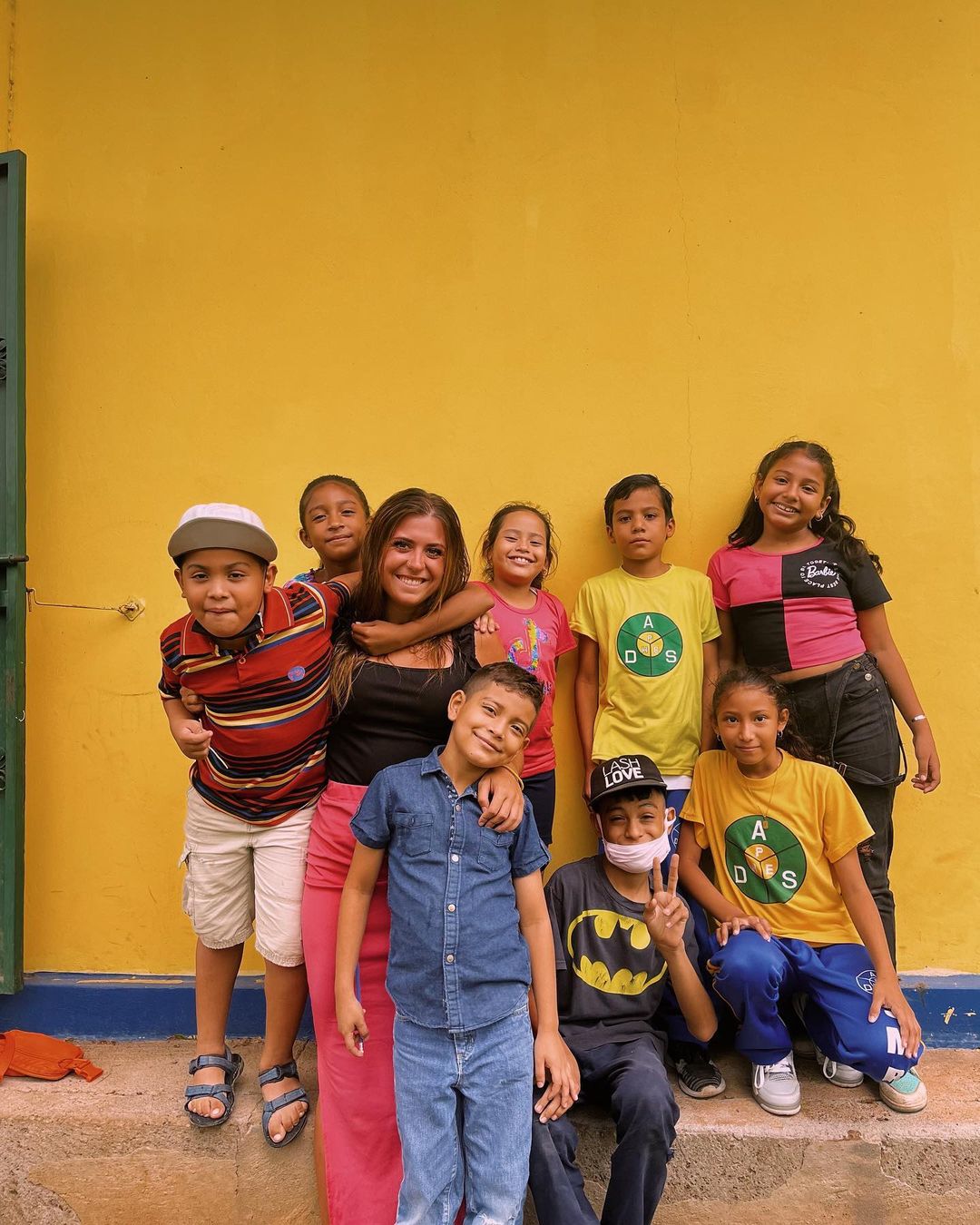
Help Children Learn English
In this Humanitarian Program, you’ll be volunteering to help children learn English (you’ll spend about a half day volunteering). No experience is needed, we provide training on our teaching method! Read More

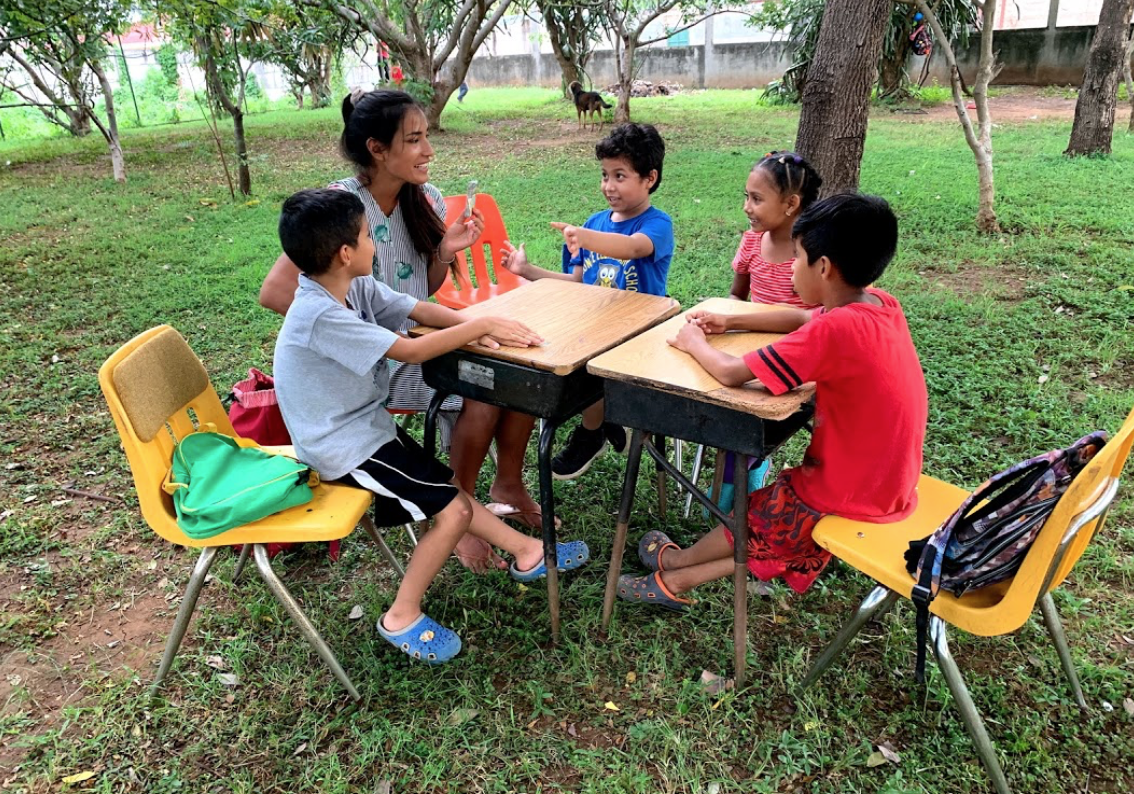
What Makes This Program Unique
Similar to our program in the Dominican Republic, you’ll be living very close to the neighborhood where your students will live — in fact, your walk to school is along a dirt road through that neighborhood. We love this part of the program because it allows you to really connect with the community and get closer to your students and their families (a huge part of your ILP experience).
Nicans are welcoming, vibrant, and happy, and are infectiously friendly. The kids you teach live in nearby struggling neighborhoods, some who come from rough backgrounds. Some of your students come from a home with no running water, a tin roof, and may not have a parent around often. It’s a privilege to be part of this after-school program that we’ve partnered with and you’ll see your student’s eagerness to learn and be part of your classes.
As you walk through the neighborhoods you’ll often have kids running up to you wanting to say hello. They recognize you as a teacher and are so excited to spend more time with you. That connection often leads to volunteers looking for other ways they can help.
Past groups have spent time making piñatas for a family-run company, raised money to put a stocked first-aid kid in the community center, given the space a fresh coat of paint, and other projects.
Nicaragua’s growing tourism means that an English education is really invaluable, especially for these children who wouldn’t be able to pay for the classes you’ll be providing. We are so thrilled to be a part of the program here, and give groups of volunteers the chance to fully experience a country that can offer so much.

What Makes This Program Unique
Similar to our program in the Dominican Republic, you’ll be living very close to the neighborhood where your students will live — in fact, your walk to school is along a dirt road through that neighborhood. We love this part of the program because it allows you to really connect with the community and get closer to your students and their families (a huge part of your ILP experience). Read More

Experiences In + Around Nicaragua
You have every weekend off plus vacation time throughout the semester so that you can travel all over Nicaragua! There is more than enough to see and do in Nicaragua and you’re barely scratching the surface even after living there for 3-4 months, but volunteers love being able to visit other countries, too (which we totally get because you have some amazing neighbors). Check out vacations in Costa Rica, Panama, and even Peru.

